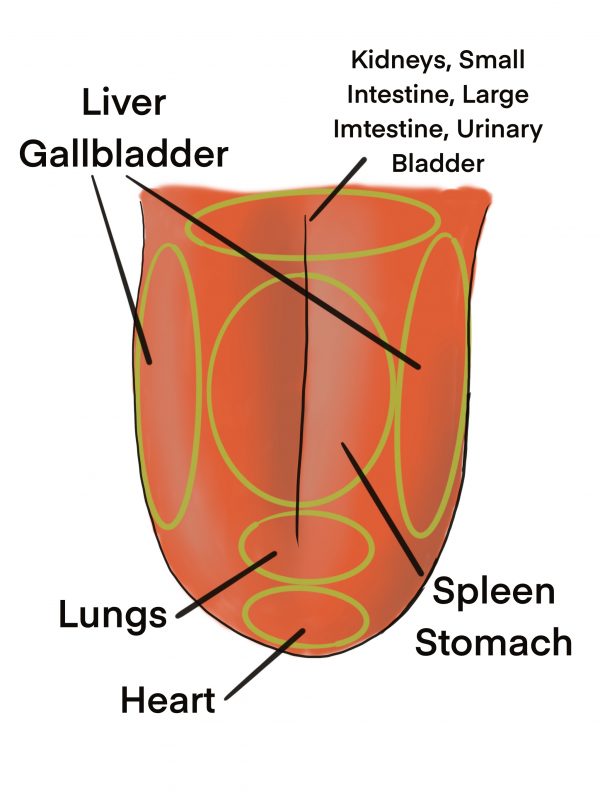What to Expect
In conversing with my first-time patients, I have discovered that many are curious to know what exactly acupuncturists do in the clinic, but that they are too shy to ask before the treatment. Fortunately, a lot of them feel relieved once they come to the clinic and discover that acupuncture is a pleasant experience and that the needles are as thin as a hair, unlike hypodermic needles.
For those of you who are considering trying acupuncture, I would like to take this opportunity to give you a virtual tour of an acupuncture treatment. In this piece, I will explain the diagnostic process that occurs at every visit before treatment begins.
When you first see an acupuncturist, or the same acupuncturist for a new condition, the acupuncturist spends a considerable amount of time asking you a series of questions. The length of that time depends on the acupuncturist’s experience and style. Some are miraculously intuitive and ask only a few questions, while others might be very experienced but still have a long list of questions. Normally, we take about half an hour asking you questions – longer than what you would normally expect at an office visit.
These questions are not only about your current problem, but also about digestion, daily habits, sleep patterns, reproductive functions, and so on. We ask these questions to get a mental picture of the patient as a whole and to deduce the locations of imbalances.
The next thing we emphasize is the physical examination (tongue, pulse, and palpation). You will be asked to stick out your tongue for us to observe – we won’t be looking into your throat, but will be examining the state of the tongue itself. When checking your pulse, we are not so much concerned with the pulse rate as with the quality of the pulse. Palpation, or tactile examination, is used to pinpoint problem areas and the exact location of acupuncture points.
The tongue is a representation of the organs. Each part of the tongue corresponds to an organ (see Figure 1), and we observe the color, indentation, and coating to get an idea about the condition of the organs. Some people feel like they have to clean the excess coating before the treatment, but please don’t; it gives us very important information about your organs and is a great measurement of improvement as we continue the treatment.
With the pulse taking, an acupuncturist uses both hands with three fingers on each radial artery. Again, each finger position represents a different organ, and we are examining the quality of the pulse related to each organ, as well as the overall pulse. The quality of the pulse gives us ideas about the conditions of the organs.
Palpation is also very important in an acupuncture treatment. Palpation of the abdomen often reveals the condition of the organs. Tenderness over the actual locations of organs often indicates Qi and blood stagnation of the organs. Also, several channels run through the abdomen, and an acupuncturist can detect stagnation or deficiencies of Qi of the whole body by palpating them on the abdomen.
Palpation is also important when locating acupuncture points because the location of these points is sometimes different from the textbook definitions. When an acupuncturist pokes around your arms or leg, he or she is looking for a point that is energetically strong.
Because the initial interview takes about thirty minutes, the physical examination takes about twenty minutes, and the actual acupuncture treatment is around forty minutes long, plan on giving yourself ninety minutes for the first visit. From the second time on, it will be an hour long.


